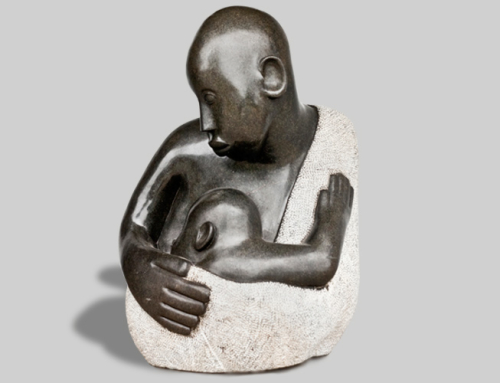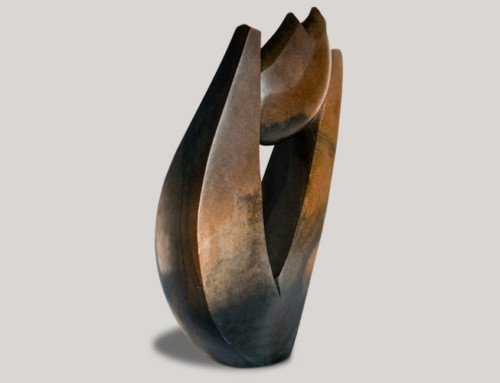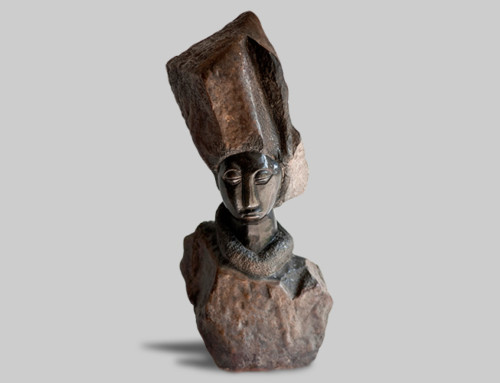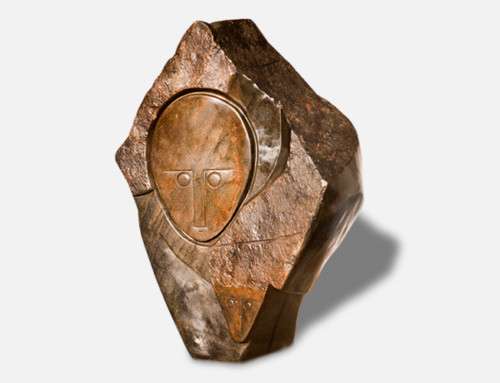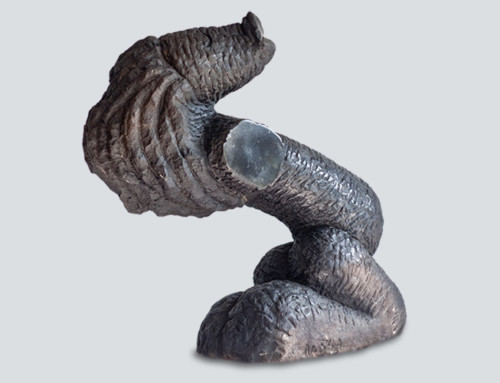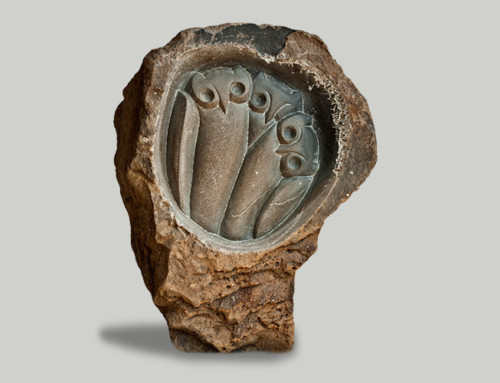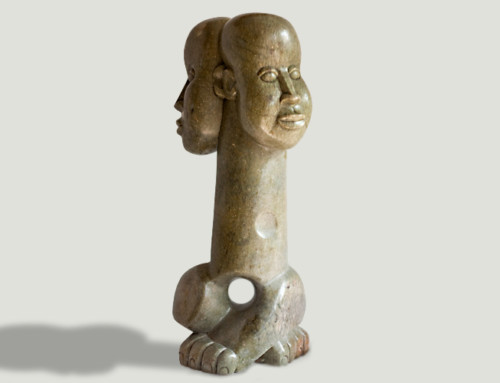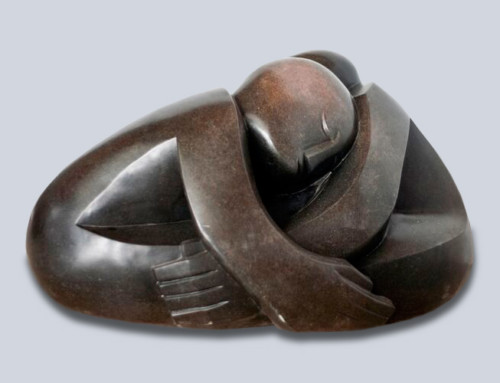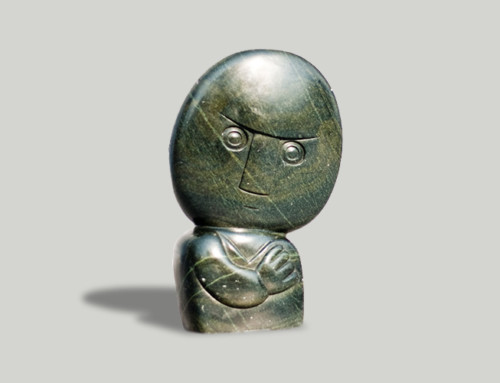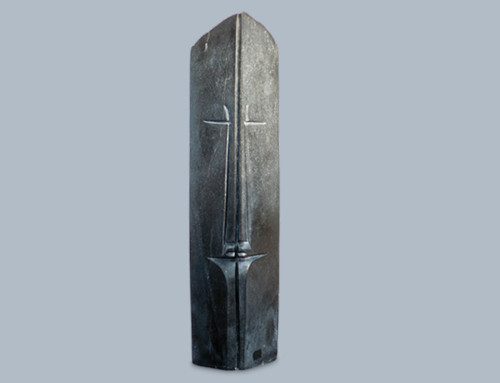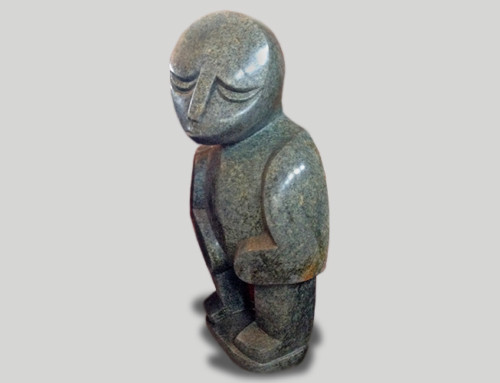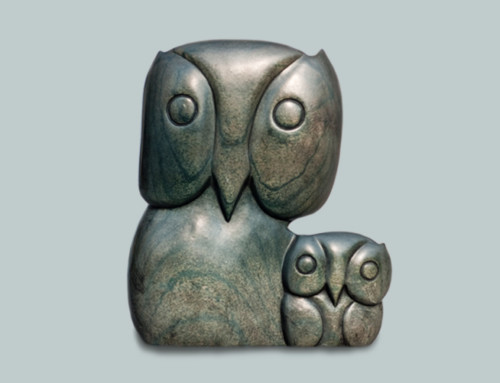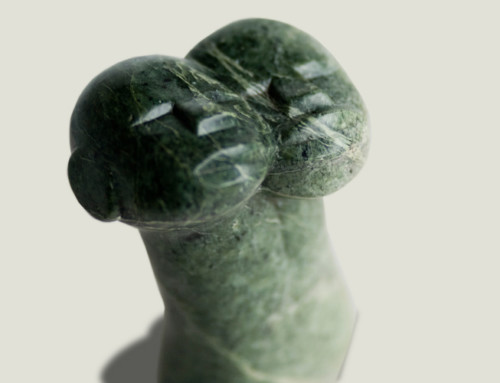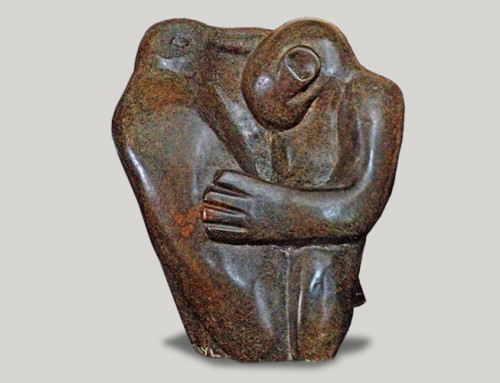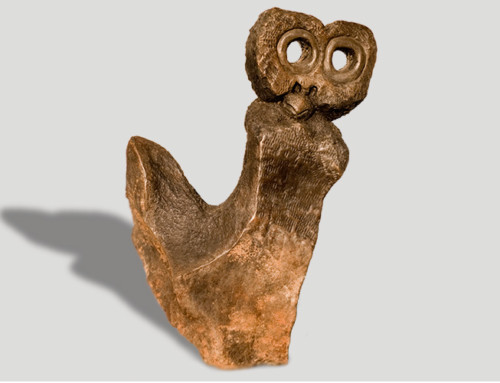MOSES MASAYA
(1947-1996)
Moses Masaya was born in Inyanga in 1947, the son of a village headman. Like many other major sculptors, Masaya was influenced to sculpt by Joram Mariga, whose work he first saw in 1968. Two years later, he joined the rural community of sculptors at Vukutu, which had recently been established by Frank McEwen,. McEwen invited Masaya to join established masters there because he considered him to be a young artist of tremendous promise.
Masaya, in common with the other major Zimbabwean sculptors, readily acknowledges McEwen’s role in creating an environment conductive to free and uninhibited artistic expression. He further credits McEwen with making him more aware of the sculptural possibilities of a piece of raw stone. According to Masaya, McEwen would encourage him to look carefully at the raw stone, asking, “What can you see in it?” McEwen never would attempt to suggest an answer. He would simply pose the question, leaving the artist to provide his own answer and convert his own mental image into a sculpted form.
At the time of McEwen’s enforced departure from Zimbabwe (then Rhodesia) in 1973, Masaya was a young artist on the threshold of his career. He probably suffered more than most as a result of McEwen’s departure and the subsequent break-up of the Vukutu Community. He managed to survive the difficulties (political, economic, social and artistic) of the 1970s, however, and has re-emerged in the post-independence period as a mature artist who has fulfilled his early promise.

